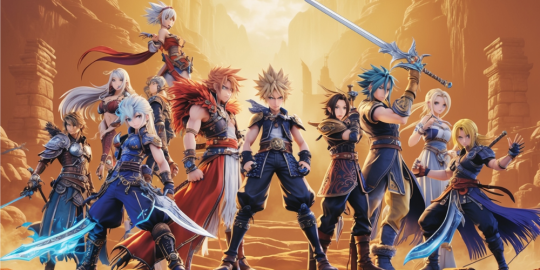
As I look back on my experiences with the Final Fantasy series, it's hard not to appreciate the profound evolution of character design that has taken place over the years. Each installment offers a glimpse into a world where visuals and storytelling intertwine seamlessly. The aesthetic transformations of characters reflect not only technological advancements but also cultural shifts within the gaming community. My journey through these games has shown me how character design becomes a crucial aspect of narrative, emotion, and player connection.
The Foundations: Final Fantasy I to III
When I first stepped into the pixelated realm of Final Fantasy I, the character designs were minimalistic yet effective. I remember being charmed by the 8-bit sprites that represented our heroes. Each character class had a distinct look, and I found myself captivated by the simplicity behind their design. The original game's heroes didn’t have elaborate backstories depicted visually; rather, it was the imagination of the player that filled in the gaps.
As I moved to Final Fantasy II and III, I noticed a slight enhancement in the graphics and character representation. There were more defined features in the sprites, which allowed the designers to convey a broader range of emotions. The quaint and charming styles appealed to my nostalgic values, but I craved more depth in the narratives. Even so, I could sense the foundations of something grand were being laid.
A Leap into the 16-Bit World: Final Fantasy IV to VI
Playing through Final Fantasy IV, I was struck by the leap to 16-bit graphics. The characters transitioned from simple pixelation to more complex and expressive designs. Each character felt more fleshed out; Cesaro's stoic demeanor stood in sharp contrast with Kain’s conflicted loyalty. It was incredible how much could be said without words when designs became more detailed. The narrative weight carried by design was becoming apparent.
Final Fantasy V continued this trend, and I remember the joy of stumbling upon job systems that allowed characters to change their appearances with each new class. The ability to customize my character's look not only made the gameplay more engaging but also deepened my emotional connection to the characters. Each design felt like a journey, telling me more about who they were and what challenges they faced.
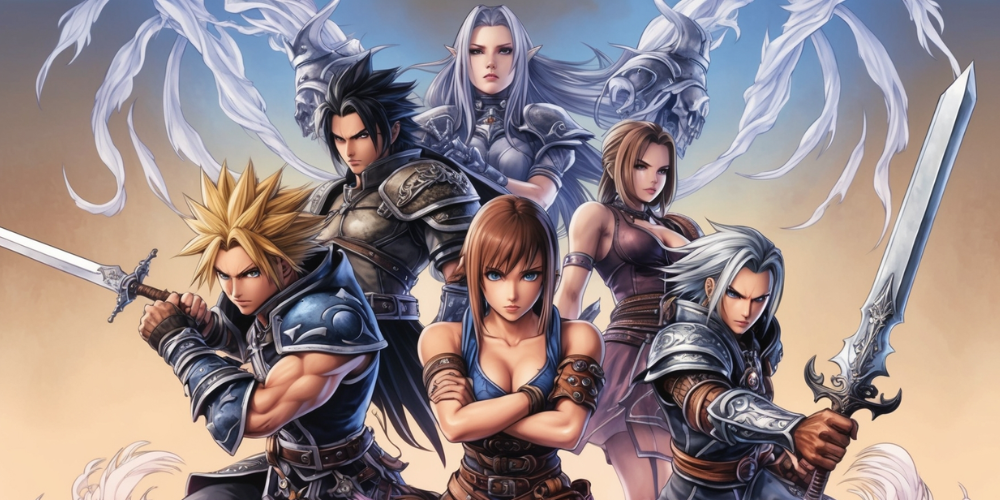
However, my heart truly raced with Final Fantasy VI. The intricate character designs and pronounced personalities thrust these figures into my mind as unforgettable icons. Terra's transformation from a stoic soldier to a determined warrior showcased the significance of character design as a narrative tool. The combination of aesthetic beauty and storytelling depth made this something I cherished deeply.
3D Awakenings: Final Fantasy VII and Beyond
The dawn of 3D with Final Fantasy VII was nothing short of revolutionary. I was genuinely amazed by the transition from 2D sprites to fully fleshed out 3D models. Characters like Cloud Strife and Tifa Lockhart quickly became pop culture icons. The dramatic, realistic designs and facial expressions allowed for more dramatic storytelling. I was hooked; I felt their struggles, triumphs, and heartbreaks profoundly thanks to their visual representations.
Character design in Final Fantasy VII also marked a broader cultural shift. The depiction of angst-ridden heroes and strong, independent female characters became a blueprint for many games that followed. I caught myself analyzing the psychological depths of these characters, influenced heavily by their designs. The iconic Buster Sword became synonymous not just with Cloud, but with the essence of heroism and sacrifice itself.
In Search of Aesthetic Perfection: Final Fantasy VIII
When I transitioned to Final Fantasy VIII, I was fascinated by the characters' design evolution once more. The distinct realism in the models, combined with the unique art style, made Squall, Rinoa, and other characters unforgettable. I appreciated the focus on fashion, with design reflecting the characters’ personalities and roles in the game. It's fascinating to me how character attire can communicate more than words ever could.
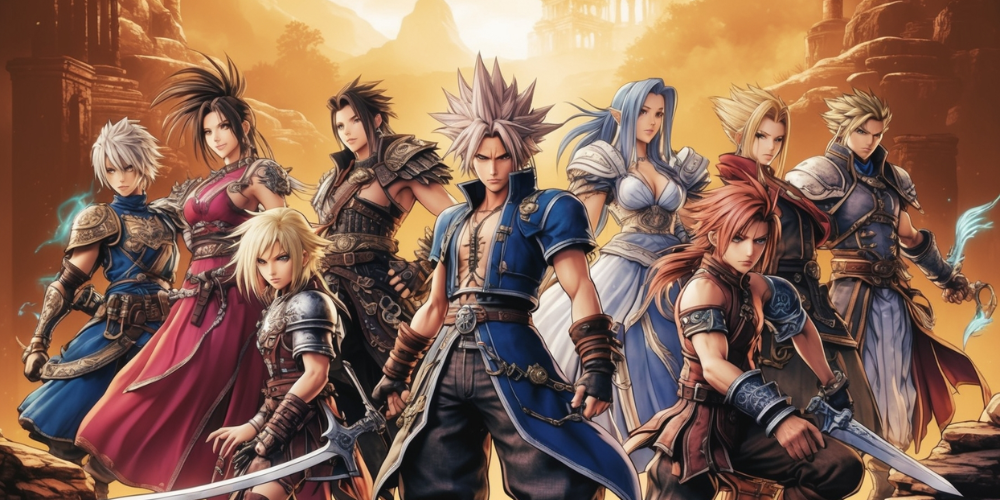
It felt as if the designers took fashion cues and emotional triggers and combined them into a single visual narrative. The iconic Gunblade and stylish outfits created a blend of fantasy and modernity, resonating deeply with me. This emphasis on personal identity through design began to influence not only my perception of these characters but also how I approached my own style.
The Advent of New Technology: Final Fantasy IX
In Final Fantasy IX, I rediscovered a love for classic design elements. Opting for a more playful, cartoonish aesthetic was a refreshing change. Characters like Zidane and Garnet reminded me of the original games while infusing new life into familiar motifs. Unlike their darker counterparts in Final Fantasy VII and VIII, these designs were enchanting and charming.
This marked a return to character archetypes, where design encompassed both roles and personalities. Zidane’s mischievous nature was reflected in his design, with expressive features and movement that conveyed playfulness. It showcased how character design could evoke joy and nostalgia, highlighting that evolution doesn’t mean losing touch with one’s roots.
Technological Advances Reach Their Pinnacle: Final Fantasy X
With Final Fantasy X, it was hard to ignore the enhanced realism. Character designs took on an almost lifelike quality. Tidus and Yuna became relatable in ways I had never anticipated. Their facial expressions conveyed emotional nuances that added layers to their relationship and enriched the narrative significantly. This realization made me appreciate the meticulous attention to detail that artists employed to craft their looks.
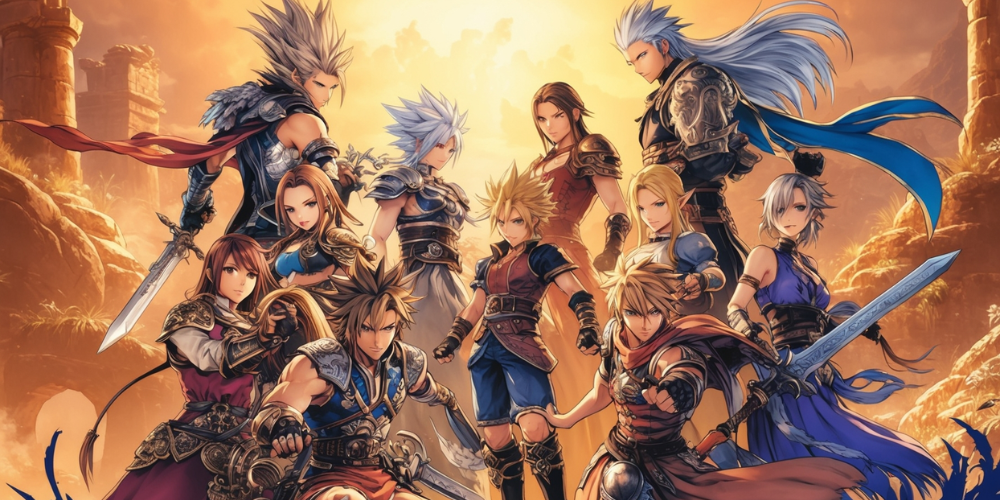
The advent of voice acting also changed my perception of character design. Yuna’s shy demeanor and Tidus's energetic spirit fell perfectly in line with their visual aesthetics. The combination of voice, dialogue, and visual design made for an unforgettable experience. The synergy birthed memorable characters that felt real and full of life.
At The Crossroads: Final Fantasy XI and XIV
As I journeyed to the online worlds of Final Fantasy XI and XIV, I marveled at how character design adapted to multiplayer settings. The customization options added layers of personalization, allowing me to express individuality through my characters. From intricate hair designs to detailed armor graphics, I was amazed at how much expression could be drawn from a single character’s design in an MMO setting.
Final Fantasy XIV took this to new heights, introducing a plethora of races and visual styles. The character models exhibited a diverse array of cultures and design philosophies. Each race had its own story woven into the character designs; the elegance of the Elezen contrasted sharply with the playful demeanor of the Lalafell. As a player, I could weave my narrative through my character's appearance, making each interaction unique.
Next-Gen Innovations in Character Design: Final Fantasy XV
With Final Fantasy XV, the advancements in graphics were astounding. The characters looked more lifelike than ever, with Noctis, Ignis, Prompto, and Gladiolus’ designs reflecting their distinct personalities brilliantly. The use of photorealism in character design brought out subtle emotions and moods, making immersive experiences more engaging.
What struck me most was how character design continued to evolve alongside its environment. The fashion choices aligned with their personalities—Noctis's edgy style mirrored his rebellious spirit, while Ignis’s refined look highlighted his intelligence. The world became richer through their designs, as each element spoke volumes about their backgrounds and relationships.
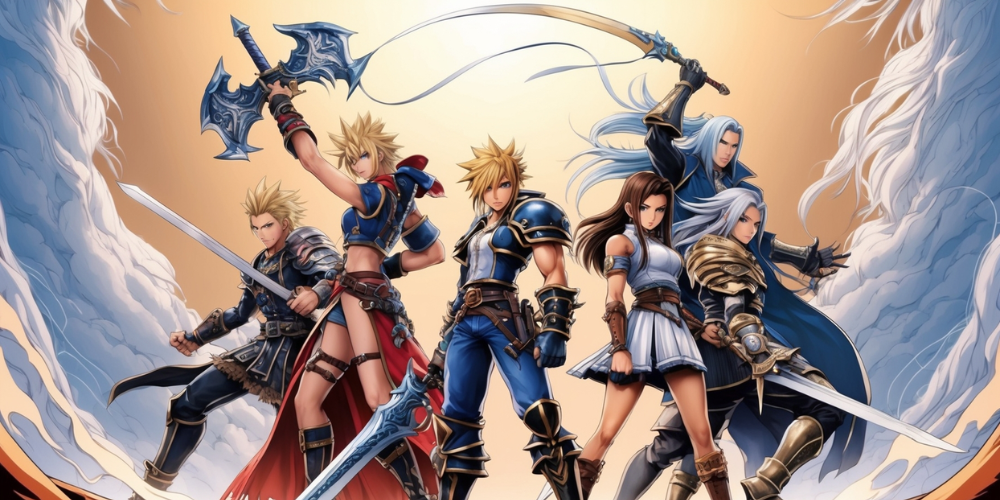
Visual Storytelling: The Future Ahead
Looking towards the future, I remain eager to see how character design in the Final Fantasy series will further develop. The balance between advanced technology and artistic creativity represents a thrilling journey that resonates with both nostalgia and modern sensibilities. I anticipate that forthcoming releases will further expand the limits of artistic expression and visual narrative.
It is evident that character design has become a pillar of not just Final Fantasy, but of the gaming industry as a whole. Each character, each choice in aesthetics, and each unique story thread enhances the gaming experience. As I step into the worlds yet to be explored, I am excited at the prospect of evolving narratives that remain intimately tied to their characters' designs.
An Ongoing Passion
My journey through Final Fantasy has always been intertwined with an appreciation for character design. From the simple 8-bit heroes of the past to the complex, lifelike characters of today, I find myself reflecting on the emotional depth and connections that visuals can create. This passion is a constant source of excitement as I look forward to exploring the ever-evolving artistry behind the characters that have captivated countless players, including myself.